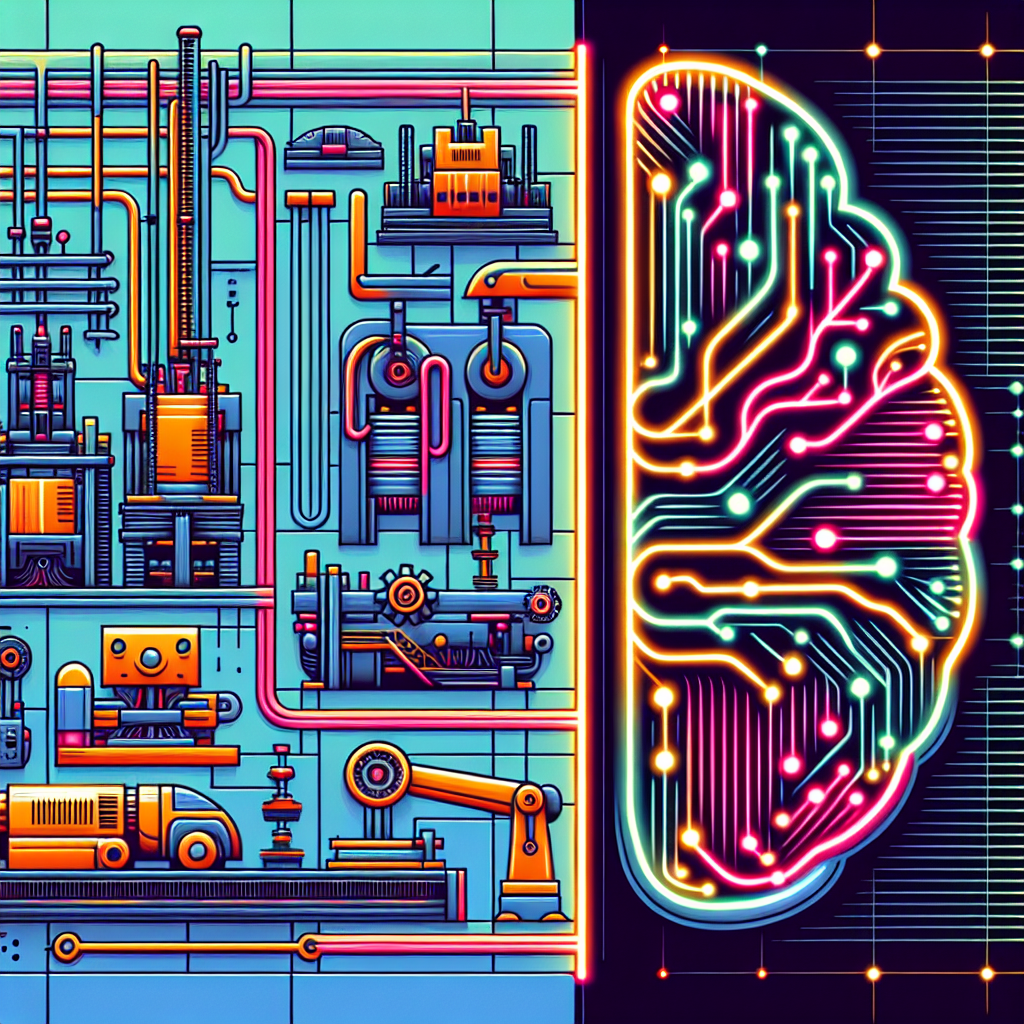Fix today. Protect forever.
Secure your devices with the #1 malware removal and protection software
In recent years, there has been a surge in interest and development in the field of artificial intelligence (AI) and machine learning. One of the most powerful tools in this field is deep learning, a subset of machine learning that uses neural networks to model and understand complex data. Two popular frameworks for implementing deep learning models are PyTorch and TensorFlow.
PyTorch is an open-source machine learning library developed by Facebook’s AI Research lab. It is known for its flexibility and ease of use, making it a popular choice for researchers and developers working on deep learning projects. TensorFlow, on the other hand, is an open-source machine learning framework developed by Google. It offers a wide range of tools and resources for building and deploying deep learning models at scale.
Both PyTorch and TensorFlow have their own strengths and weaknesses, but they are both powerful tools for building smarter machines. Understanding the fundamentals of deep learning and how to use these frameworks effectively is essential for anyone looking to work in the field of AI.
Deep learning is a type of machine learning that uses neural networks to model and understand complex patterns in data. These neural networks are composed of layers of interconnected nodes, each of which performs a specific function. By training the network on a large dataset, it can learn to recognize patterns and make predictions based on new data.
One of the key advantages of deep learning is its ability to automatically learn features from raw data, without the need for manual feature engineering. This makes it particularly well-suited for tasks such as image recognition, natural language processing, and speech recognition.
To build a deep learning model using PyTorch or TensorFlow, you first need to define the architecture of the neural network. This involves selecting the number of layers, the type of activation functions, and the optimization algorithm to use during training. Once the model is defined, you can train it on a labeled dataset using techniques such as backpropagation and gradient descent.
Both PyTorch and TensorFlow offer a wide range of tools and resources for building and deploying deep learning models. PyTorch is known for its dynamic computation graph, which allows for more flexibility in model architecture and training. TensorFlow, on the other hand, offers a high-level API called Keras, which simplifies the process of building and training deep learning models.
In conclusion, building smarter machines with deep learning requires a solid understanding of the underlying concepts and tools available in frameworks like PyTorch and TensorFlow. By mastering these technologies, researchers and developers can unlock the full potential of AI and create groundbreaking applications in fields such as healthcare, finance, and autonomous driving.
Fix today. Protect forever.
Secure your devices with the #1 malware removal and protection software
#Building #Smarter #Machines #Understanding #Deep #Learning #PyTorch #TensorFlow,understanding deep learning: building machine learning systems with pytorch
and tensorflow

Leave a Reply
You must be logged in to post a comment.